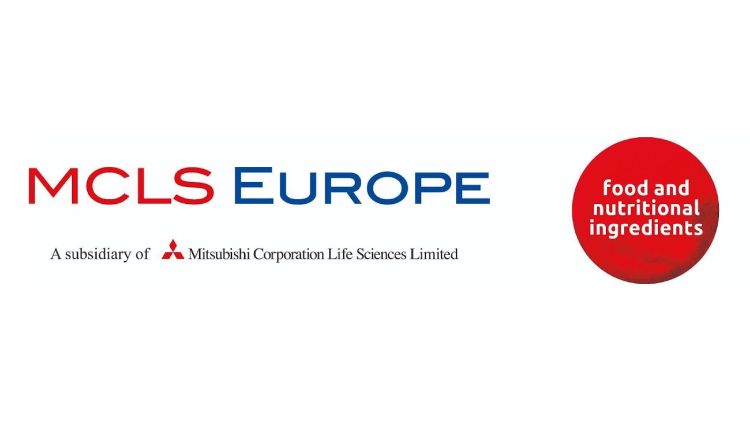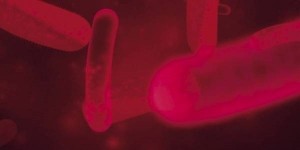Promotional Features
Can postbiotics be used in synergy with vitamin C?
The importance of postbiotics in maintaining gut health cannot be overstated.
Postbiotics play a crucial role in regulating the immune system, reducing inflammation, and maintaining the integrity of the intestinal barrier. When the intestinal barrier is compromised, harmful substances can enter the bloodstream and cause inflammation, which can contribute to a wide range of health problems.1
Among these postbiotics, L-137™ has emerged as a key player in promoting gut- and skin health. L-137™ is a heat-treated strain of Lactobacillus plantarum, first isolated from a fermented dish of rice and fish in Japan, called narezushi. The specific L-137™ strain stood out because of its ability to modulate the immune system.2, 3, 4 L-137™ activates immune cells in the small intestine, inducing copious production of cytokines, including IL-12 and IFN-β. These are thought to be distributed throughout the body, supporting a multiplicity of immune functions.
The gut axis
Recent studies have shown that the gut has a complex communication network with various organs and tissues in the body, which is collectively referred to as the ‘gut-axis’.5 This axis includes the gut-skin axis, gut-brain axis, gut-liver axis, and gut-eye axis, among others. Disruptions to this axis can lead to skin health problems such as acne, eczema, and psoriasis.
The gut-skin axis involves bidirectional communication between the gut and the skin, whereby changes in the gut microbiome can influence skin health and vice versa. The use of L-137™ has been shown to have a positive impact on skin health.
A randomized double-blind placebo-controlled research study took 80 healthy persons, aged between 35-54 years old and studied the use of L-137™ over a period of 12 weeks. Results showed intake of HK L-137™ enhances skin moisture at the forearm and tends to up-regulate the skin barrier function at the face by reducing water loss. It was also found that intake of L-137™ significantly improved “skin condition satisfaction” and “skin-related QOL”.
These findings suggest that daily L-137™ intake can reduce dry skin, thereby contributing to skin satisfaction. The pre-clinical study showed that L-137™ increases hyaluronic acid production by inducing IFN-γ. Therefore, the improvement in skin function in this new study is considered to be caused by HK L-137™'s augmentation of hyaluronic acid synthesis.6
Synergies with other micronutrients
Furthermore, L-137™ has demonstrated to have potential synergistic effects with other micronutrients, such as vitamin C, vitamin E, and beta-glucans.
When combined with these ingredients, not only does L-137™ create a better functioning product, it also allows for the use of official EFSA health claims.
Indeed, it has been reported that IL-12 production by immune cells (such as macrophages and dendritic cells) is enhanced by co-stimulation of Dectin-1 (β-glucan receptor) and TLR2 (LTA receptor) on immune cells7.7
• The result of House Wellness Foods (HWF) in-house data – enhancing IL-12 production by β-glucan, is also considered the synergic effect caused by co-stimulation of Dectin-1 and TLR2.
Moreover, it has been reported that vitamin C and vitamin E increases proliferation of Th1 cells by regulating the Th1/Th2 balance and increases production of IFN-γ as a result.7
• IFN-γ activates phagocytes (immune cells) such as macrophages and dendritic cells for their phagocytosis and cytokine production.
As a result of a combination of vitamin C / vitamin E with L-137™, L-137™ will be easily recognized by activated phagocytes and enhanced IL-12 production by immune cells.
These potential synergies show increased potential of L-137™ and more research will be needed to substantiate the results.
Figure 1: Heat-treated L-137 cells
Application possibilities
A key benefit of L-137™ is it is a highly stable ingredient both in terms of temperature and in acidic conditions. In other words, it is now possible to develop products that might be heated – for example, a ready-to-mix powder for hot beverages – or for use in products with a lower Ph level Creating new product formats that are ‘good for gut health’, maintaining immune system and even promoting skin health can be possible in wide array of applications, including food supplements.
References
1. Ma L.; Tu H.; and Chen T. Postbiotics in Human Health: A Narrative Review. Nutrients. 2023; 15(2):291.
2. Immunopharmacology Immunotoxicol.2012;34(6):937-43. Daily intake of heat-killed Lactobacillus plantarumL-137 enhances type I interferon production in healthy humans and pigs.
3. Hirose Y.; Yamamoto Y.; Yoshikai Y.; et al. Oral intake of heat-killed Lactobacillus plantarum L-137 decreases the incidence of upper respiratory tract infection in healthy subjects with high levels of psychological stress. J Nutr Sci. 2013 Dec 6;2:e39. doi: 10.1017/jns.2013.35. PMID: 25191589; PMCID: PMC4153334.
4. Hirose Y.; Murosaki S.; Yamamoto Y.; et al. Daily intake of heat-killed Lactobacillus plantarum L-137 augments acquired immunity in healthy adults. J Nutr. 2006 Dec;136(12):3069-73. doi: 10.1093/jn/136.12.3069. PMID: 17116721.
5. Carabotti M.; Scirocco A.; Maselli M.A.; et al. The gut-brain axis: interactions between enteric microbiota, central and enteric nervous systems. Ann Gastroenterol. 2015;28(2):203-209.
6. Yoshitake R.; Nakai H.; Ebina M.; et al. Beneficial Effect of Heat-Killed Lactiplantibacillus plantarum L-137 on Skin Functions in Healthy Participants: A Randomized, Placebo-Controlled, Double-Blind Study [published correction appears in Front Med (Lausanne). 2022 Oct 18;9:1048906]. Front Med (Lausanne). 2022;9:912280. Published 2022 Jul 6. doi:10.3389/fmed.2022.912280
7. Hirose, Y., et al. IL-12 production in mouse immune cells stimulated by HK L-137 is markedly enhanced by other ingredients such as vitamin C, vitamin E or β-glucan. Food Science Research Center, House Wellness Foods Corp., Imoji 3-20, Itami, Hyogo, Japan.
Additional references
Gantner BN.; Simmons RM.; Canavera SJ.; et al. Collaborative induction of inflammatory responses by dectin-1 and Toll-like receptor 2. J Exp Med. 2003 May 5;197(9):1107-17. doi: 10.1084/jem.20021787. Epub 2003 Apr 28. PMID: 12719479; PMCID: PMC2193968.
Lee, Ga Young, and Sung Nim Han. The role of vitamin E in immunity. Nutrients 10.11 (2018): 1614.



